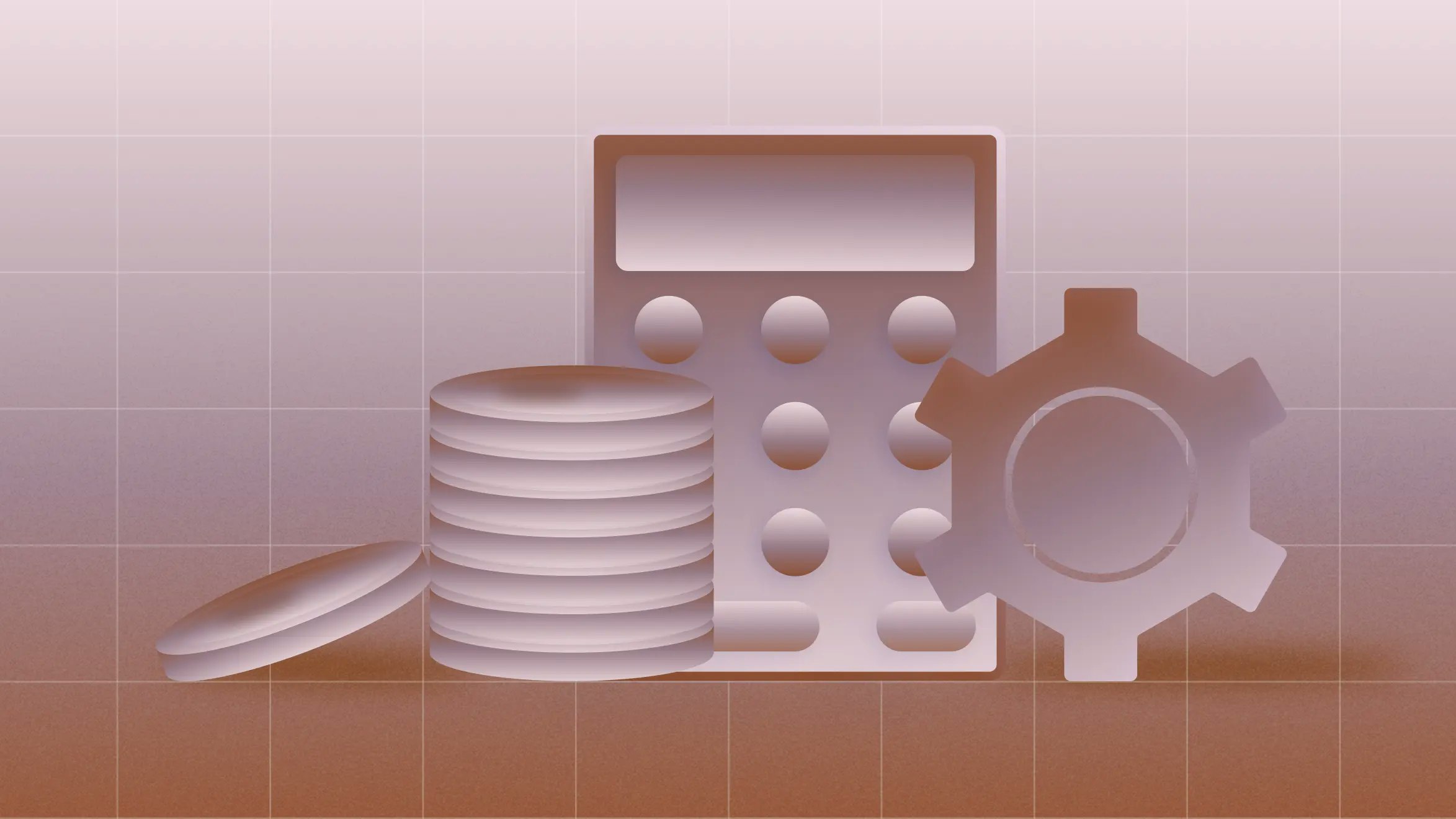Understanding the R&D tax credit for startups

The R&D tax credit is the most significant tax credit that the IRS offers to U.S. companies. Qualifying companies can receive up to $250,000 to offset their payroll taxes—and even more if they have income tax liabilities.
However, startups often end up avoiding the tax credit—the process to claim it is arduous and audits are frequent. Countless companies end up leaving hundreds of thousands of dollars on the table each year.
In this article, Pilot simplifies the R&D tax credit, explains the qualifications that the credit requires, and guides you through the process of claiming it.
Key takeaways
- The R&D tax credit is a significant opportunity to save money on your taxes—it’s worth filing for it, if you qualify.
- The R&D tax credit can be complicated. Maintain clear documentation of your expenses. Research qualifications and exceptions thoroughly.
- If you get audited, don’t worry—audits are more common in the R&D tax credit than with other taxes. Keep your books clean and maintain clarity on why you’ve filed for each expense.
- You don’t need to go at it alone. Work with an experienced tax partner who can help you figure out how to claim the R&D tax credit.
What is the R&D credit?
The R&D credit, also known as the research & experimentation (R&E) credit, was created in 1981 to promote scientific research in the U.S. The tax credit can be claimed for qualified research expenses and can add up to $250,000 to offset payroll taxes, and even more if a company has income tax liabilities.
The R&D credit is one of the most complicated credits to claim and document, as well as one of the most likely credits to get audited.
What can I claim R&D tax credits for?
Companies can claim the R&D credit for qualified research expenses, meaning that an expense needs to:
- Solve for an uncertainty
- Involve a hard science
- Develop something new related to your business
- Involve experimentation
There are many topics that don’t fall under these qualifications for an R&D credit, including:
- Research in the social sciences, arts, or humanities
- Research conducted outside of the U.S.
- Land or land improvements
- Research you’re being paid to do (for example, grants)
- Surveys and marketing research
- Research done after you’ve started commercial production
- Adapting or duplicating existing components
- Software intended for internal use only
If your research qualifies, you can claim anything that falls into the following list:
- W-2 taxable wages. You can claim wages for employees and supervisors carrying out your research.
- A portion of contractor research and expenses. Note: Your company needs to retain substantial rights to the results.
- Research payments. You can claim the cost of basic research payments to reputable educational or scientific research organizations.
- Research supplies. Land and land improvements are explicitly excluded, but computers and cloud servers can qualify.
What are examples of companies using R&D tax credits?
- Company A is developing new hardware that makes it easier to film video on-screen and has engineering teams in San Francisco and Germany. The engineers build prototypes of their new hardware and develop algorithms to run on it. During this process, they pay a license to use a major university’s proprietary research. Can Company A claim the credit?
- Yes, they can claim the credit for U.S. engineer salaries, the component materials used in developing their prototypes, and the license to the university to use their research. However, they can’t claim their German engineers’ salaries or the materials these engineers used to conduct research.
- Company B is developing an electric car that can drive from Los Angeles to New York on a single charge. They employ over 200 full-time engineers along with 48 contractors, who work on battery technology. They create and test multiple prototypes that are built from specialized components. A large car manufacturer is contracting Company B to develop this technology, in hopes of selling the improved electric cars. Can Company B claim the credit?
- No, they cannot claim the credit. Even though Company B is conducting significant research and development for the electric car, they are being paid for that work by the car manufacturer. This makes them ineligible for the R&D tax credit. Research funded by any grant, contract, or other entity (including government) is specifically excluded.
- The car manufacturer might be able to claim some of the cost of contracting Company B to improve its electric cars, since it will own the research once it’s completed.
- If Company B funded the research themselves and later sold the rights to the car manufacturer, then they would have been able to claim the credit, since they bore the financial and technical risks and retained the rights to the technology.
How do I claim the R&D tax credit?
Review your R&D projects.
Identify which ones count as “qualified research.” Work to collect and identify the qualifying expenses related to those projects.
Only claim research that qualifies. Qualified research has several exceptions and things get murky—fast. Guidelines can seem subjective: Was there really uncertainty in that project? Does work count as an “adaptation” if there might someday be a wider market?
Non-qualified research is one of the top issues the IRS looks for in an audit. If you have any doubts or questions, it’s worth consulting a professional with R&D tax credit experience.
Keep documentation clean and updated. In an audit, the IRS will want to see documentation for every expense you claim. They also express a preference for “contemporaneous records” in which expenses are documented right when they happen.
It’s not a disaster if you haven’t been completely conscientious about this—the IRS states that some estimation is acceptable. However, it notes that all estimates need to have a “basis in facts.” You’ll need a solid explanation of how you came up with your numbers.
Be specific. The IRS wants to hear concrete reasons why your research will improve your business.
A common mistake is being too general, either about your businesses or expenses. Each item that’s expensed will need to have a clear, documented connection to how it supports your research activities. Even if your research is fully qualified, the IRS will be skeptical of expenses that don’t have an obvious relation.
Work with a trustworthy partner. Sloppy or unscrupulous tax preparers can lead you to claim the credit for expenses that don’t actually qualify. And if an audit happens—which it often does—you’ll need to put together extensive documentation to defend your claims. If you can’t back up your claim in an audit, you may end up with tax penalties instead of credits.
Figure out what forms you’ll need.
The exact forms you need will vary based on your situation.
- If you have less than 5 years in gross receipts and less than $5M in aggregate gross receipts, then you meet the criteria for a “small business.” You can take up to $250,000 of the credit against your payroll taxes, which are the employer-paid portion of social security taxes.
- If you have income tax liabilities, then you can take more than $250,000 in credit and claim any amount against your income taxes.
In both situations, you’ll need to fill out IRS Form 6765. If you’re claiming the credit against your payroll taxes, you’ll also need to complete Form 8974, and attach it to Form 941.
If you have 5 years or more in gross receipts or more than $5M in aggregate gross receipts, then you are not considered a small business. You’ll claim the credit against your income taxes, and the $250,000 limit does not apply to you. You’ll only need to fill out Form 6765.
Form 6765:
Form 6765 is used to actually claim the R&D tax credit. You’ll enter in the amounts for your qualified expenses and also indicate if you intend to use the credit against payroll tax.
Form 8974:
If you’re a qualified small business and planning to claim the credit against your payroll taxes, you’ll fill out Form 8974 and attach it to Form 941. This form includes information from your income tax returns and determines how much of your credit you can apply to payroll tax for that period.
Form 941:
Form 941 reports payroll taxes withheld from employee paychecks, like social security and Medicare. If you’re claiming the credit against your payroll taxes, then you’ll enter information on Form 941 from your 8974 and send both forms to the IRS.
What happens if I get audited?
The R&D tax credit can save your company a substantial amount of money, but there is one caveat: You are more likely to get audited.
According to the IRS, the most common issues with R&D credit claims are:
- Research that’s not qualified
- Expenses without proven connections to a qualified activity
No one wants to get audited but it’s not a catastrophe. The key to a smooth, successful process is to be prepared long before you file.
The IRS wants to see documentation
If you’re being audited about an R&D credit filing, the IRS is mainly interested in seeing financial and technical documentation for everything you’ve referenced in your claim. This includes:
- The amount of each expense
- When the expense took place
- Why you incurred the expense
- How the expense relates to your research
The most important factor is clarity. The best thing you can do to prepare is build a clear, concise, and well-supported case for why your claim is legitimate.
The IRS will apply a four-point test
Your auditor will apply what’s known as the four-point test to determine if your research meets the qualification criteria. For each, prepare clear answers and get as much documentation as possible.
- Does your research solve for uncertainty?
- Does your research involve hard science?
- Does your research develop something new, related to your business?
- Does your research involve a process of experimentation?
If your research passes the four-point test, the IRS will examine your documentation to make sure that no exclusions apply.
Want to learn about other types of financing?
Capital is the lifeblood of businesses. However, there’s not much education on when, how, and why to use it.
Read about venture debt, and when should you use it, helping you plan ahead for your startup’s future.



